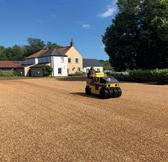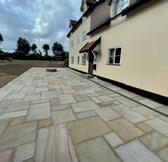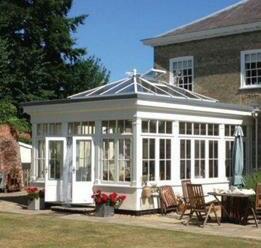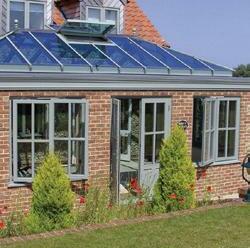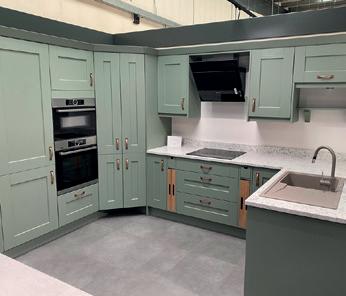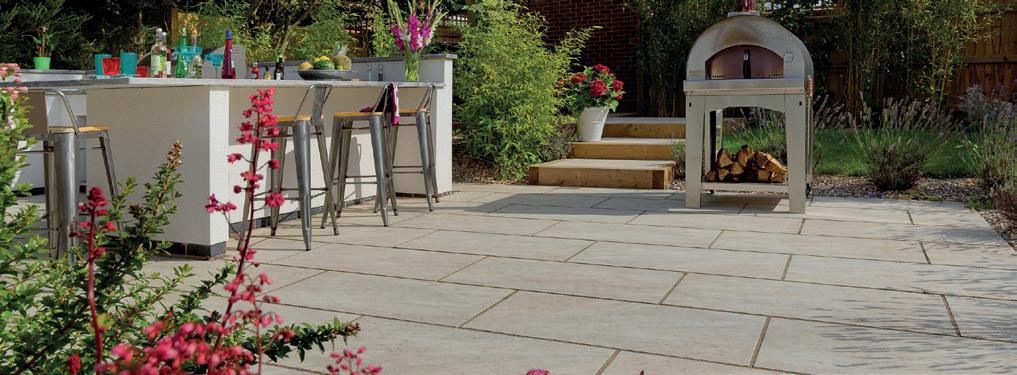



























Welcome to the third edition of our annual home improvements magazine, Your Home. As always, we aim to offer hints, tips and advice on latest trends, things to look out for and how to make the most of your home.
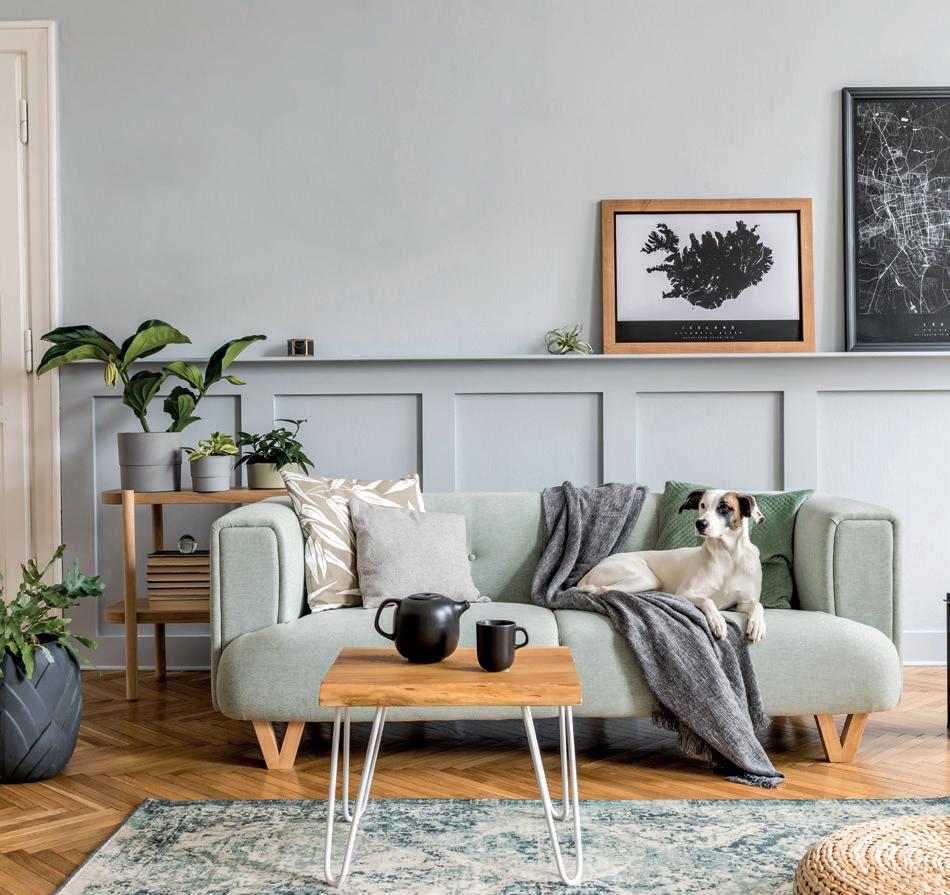
Reports on how much we spend every year on home improvements tend to vary greatly but the amount for the last 12 months seems to be somewhere between £20billion and £40billion – either way, it is an awful lot of money!
Popular work includes renovating gardens to make the most of our good summers, refurbishing kitchens and bathrooms as well as updating home furnishings. Our priorities have changed in recent years and having some space at home to work or study is now perhaps more important and valuable than having a spare bedroom so some rooms in our homes have also been repurposed.
It is really important to get make your house your home. It is where you will raise your family, share good times with friends, and make memories that will last a lifetime. Your home is your safe space where you can switch off, relax, unwind and leave the stresses of the world at the door.
In this edition of Your Home you will find great features and articles along with local businesses who can help turn your vision into reality and turn your house into your home.





































































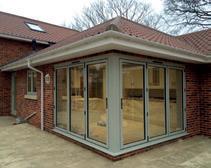















As you go through life, you may find that what was once your perfect home is now not big enough. If you find yourself in the position of wanting or needing more space at home, you only really have two choices... move or improve.
There are plenty of uncertainties when it comes to moving, and of course there are all of the associated stresses when looking for the right home in the right location. Uprooting your family is a big deal – particularly if you need to be near schools, work, family and friends. What will your neighbours be like?.... the list goes on. So, the alternative to moving may well be to add an extension or remodel your house.
An extension might be a simple addition to create space for a larger kitchen, or maybe it’s a bit larger to create more space over two floors to incorporate an additional
bedroom as well as increased living space downstairs. Perhaps you have always fancied a conservatory or would like to convert attic space into a bedroom or playroom? Whatever your reason for extending, it’s important to follow correct procedures to ensure things go according to plan and you get the result you want.
Having an initial idea as to what you want, the next step is to contact a local builder to come and have a look. Let’s face it, they are the experts and will know what can and can’t be done, particularly when it comes to technical aspects such as load-bearing walls, foundations, footings and building regulations. Along with their own knowledge and experience, your trusted local building firm will have dependable contacts with any associated trades and services you may need such as architects and planners so be sure to pick their brains.








When it comes to any work on your house, you’re entitled to be as involved as you like –it is your home and you are paying. However, most firms will offer a complete project management service so you don’t need to

worry about anything at all. However, please do be aware that it’s always your responsibility to ensure any work complies with local planning and building regulations.
It’s always a good idea to be in regular contact with your builder to keep up-to-date with progress and aware of any changes or potential issues as and when they arise, this way they are dealt with at the time and not left as a nasty surprise at the end of the project. Again, all good firms will make sure you are kept abreast of anything you need to know.

• Look very closely at all potential costs, how will you finance the work? Keep some contingency back for any unexpected expense.
• Don’t be afraid to ask friends, family and neighbours for any advice. They may have had similar work carried out in the past and will be able to offer valuable nuggets of wisdom from their own experiences.
• Find the right builder. Ask for recommendations from colleagues and friends etc.







• Be sure to get a detailed quote, this will help to avoid any hidden costs.

• Ensure any work complies with local planning and building regulations.
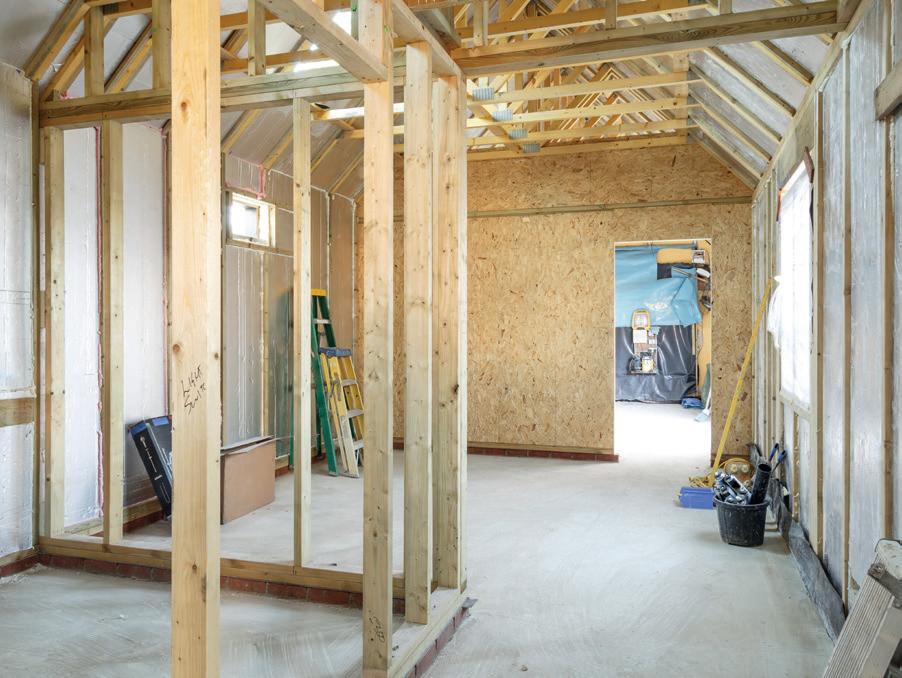

























Thinking abou t renovating you r kitchen? Her e’s ever ything you need to know to plan and ex ecute a successful renovation proj ect, including sett ing a budget, con sider ing layou t and function , choo sing mater ials and finishes, and handling the renovation process.



If you’re considering a kitchen renovation, you’re probably feeling a mix of excitement and anxiety. On one hand, a new kitchen can be a beautiful and functional space that enhances your daily life. On the other hand, the renovation process can be overwhelming, especially if you’re not sure where to start.










One of the first things to consider is your budget. It’s easy to get carried away with all of the beautiful options available, but it’s important to set a realistic budget and stick to it. Determine how much you can afford to spend and allocate your funds wisely. This may involve making some compromises, but it will ultimately help you avoid going over budget and ending up with a kitchen you love but can’t afford.
Next, think about the layout and function of your current kitchen. Is there anything you dislike about the way it’s currently set up? Is there anything you wish you had more of, such as counter space or storage? These are all important factors to consider when planning your renovation, as they can help you determine what changes will have the greatest impact on your daily life.
Once you have a clear idea of your budget and desired changes, it’s time to start thinking about materials and finishes. This includes everything from cabinets and countertops to appliances and lighting. It’s important to choose materials that are both functional and aesthetically pleasing, as well as durable and easy to maintain.













When it comes to appliances, it’s worth considering investing in energy-efficient options. Not only is doing this better for the planet, but it can also save you money on your energy bills in the long run which definitely helps at the moment with the current cost-ofliving-crisis.
Once you’ve made all of your material selections, it’s time to start thinking about the actual renovation process. If you’re comfortable with DIY projects, you may be able to tackle some of the work yourself. However, it’s important to be realistic about your skills and limitations, as attempting to take on too much can quickly lead to frustration and even costly mistakes. If you’re not comfortable with certain aspects of the renovation, it’s worth hiring a professional to ensure the job is done correctly.
It’s also important to consider the timing of your renovation. If you have young children or rely on your kitchen for daily meals, you may want to plan for a shorter renovation period or set up a temporary kitchen elsewhere in your home. On the other hand, if you have a bit more flexibility, you may be able to stretch out the renovation over a longer period of time, which can help reduce stress and allow you to take on more of the work yourself if you want to.

Finally, don’t forget that little details can make a big impact. This includes things like backsplashes, matching decor (such as buying new tea towels, mugs, plates, mats, utensils, etc) and lighting. We’ve included some examples of decor items that we love on the next page. These may seem like small elements, but they can really tie the whole kitchen together and add those finishing touches that really give the wow-factor!
In conclusion, renovating your kitchen can be a challenging but rewarding experience. By setting a budget, considering the layout and function of your current kitchen, selecting the right materials and finishes, and being mindful of the timing and details of the renovation process, you can end up with a kitchen that not only looks beautiful, but also meets your needs and enhances your daily life.





















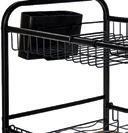

























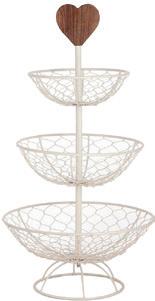







































Find the perfect bedframe for your bedroom with our guide to choosing the right size, style, and features for your space.
When it comes to designing a comfortable and stylish bedroom, the bed is often the centerpiece of the room. The bedframe you choose plays a crucial role in the overall aesthetic and functionality of your space, so it’s important to take the time to choose one that’s right for you.

There are a few key factors to consider when choosing a bedframe. The first is size. It's important to measure the space where you plan to put your bed to ensure that you have enough room for the frame and any other furniture you want to include in the room. You'll also want to consider the size of the mattress you plan to use and make sure the frame is compatible with it.

Another important factor is style. The bedframe you choose should complement the overall design of your bedroom and personal style. There are many different styles to choose from, ranging from traditional wooden frames to more modern and minimalist designs. Consider the other furniture and decor in your bedroom and choose a bedframe that will blend in seamlessly.

Another factor to consider is the material of the bedframe. Wood is a classic and timeless choice that can work in a variety of bedroom styles. Metal frames are also popular and can offer a more modern look. If you're looking for something more eco-friendly, there are also bedframes made from recycled materials or sustainable wood options available.
In addition to these aesthetic considerations, you'll also want to think about the functional features of the bedframe. For example, some bedframes have built-in storage options, such as drawers or shelves, which can be a great way to maximize space in a smaller bedroom. Others may have a headboard with built-in lighting or USB ports, which can be convenient for reading or charging devices.
It's also important to think about the durability of the bedframe you choose. A high-quality bedframe should be able to withstand regular use and last for many years. Look for frames made with sturdy materials and construction, such as reinforced joints or sturdy supports.
If you're looking for a bedframe that will stand the test of time, it may be worth investing in higher-end options. While these frames may come with a higher price tag, they're often made with higher-quality materials and construction, which can make them a worthwhile investment in the long run.
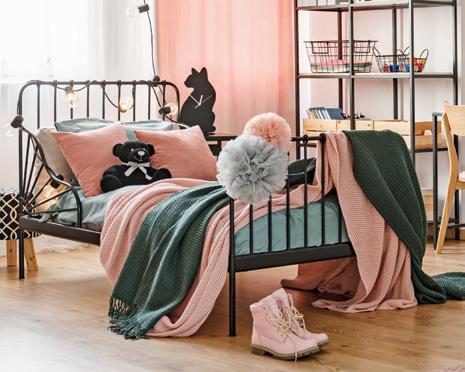
One final factor to consider is the ease of assembly. If you're not particularly handy, you may want to look for a bedframe that comes pre-assembled or is easy to put together. This can save you time and frustration, and ensure that your bed is set up and ready to use as soon as possible.
Overall, choosing the right bedframe for your bedroom is an important decision that can have a big impact on the overall look and feel of the space. By considering size, style, material, functional features, durability, and ease of assembly, you can find a bedframe that will be both functional and stylish for years to come.
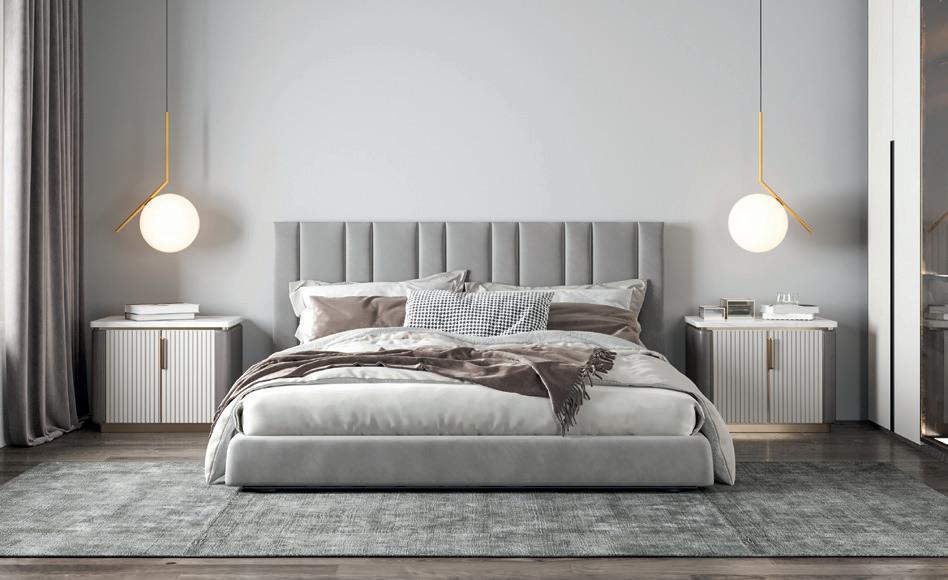












































































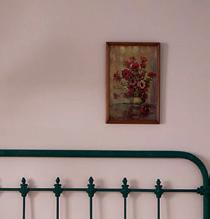



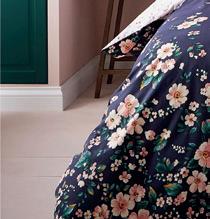



















































































































If you’ve bought a new house, the bathroom will almost certainly be one of the first rooms you look to change. Likewise, if you have been in your home a while, you may be looking to update your bathroom – here we look at a few hints and tips to help you along the way.




In Britain we tend to change/update our bathrooms every 7 to 10 years and in 2022, the average cost of a new bathroom was somewhere between £6,000 and £9,000. So, this is a room that we spend quite a bit of our budget on and so it is important to get it right.







































































































As with all areas of the home and garden, it all comes down to personal taste and of course budget. You will want to look at who is using the bathroom and what space you have to play with if thinking about reconfiguring the layout. If you have a young family then








you will want a bath, however, if you don’t have young children and are not a lover of baths, you may opt for a shower room – this will free-up plenty of space and make the room feel much larger.
Naturally, you can only work with the space you have but there are plenty of specialist firms who are experts in cleverly maximizing the space available to ensure you have a functional but stylish bathroom. For smaller rooms there are plenty of modern suites that are compact and specifically designed for use in smaller space.












OVERLEAF, WE LOOK AT 5 TRENDS FOR A MODERN BATHROOM












Green and earthy colours are not only pleasing on the eye, but they are also very calming. You can incorporate these colours in the form of tiles, wallpapers, bathmats and rugs as well as accessories. It is also a lovely idea to add some plants. There are plenty that thrive in the humid conditions of a bathrooms such as a Boston Fern or Spider Plant.






























































































Moving away from harsh angular lines, you may find a greater selection of curved and rounded shapes when you are shopping for your new suite. Soft shapes create a warmer and more inviting feel. This fits nicely with the natural colour scheme as nature doesn’t tend to have too many straight lines and right angles.
Across most areas of home improvements there has been a shift towards a desire for natural materials and the bathroom is no different. Natural stone is used in tiles and surfaces and a real wood floor adds great personality and style to a bathroom.












If the natural feel is not to your taste you may like to go polar opposite with an industrial look. Exposed pipework and use of monochrome colours along with metal fixtures, fittings and accessories will create a very different look.
As popular as natural and monochrome colours will be, there is always a place for a burst of colour – especially if that reflects your taste and personality. Play around with colourful or patterned tiles, or create a feature wall with wallpaper, paint and art that is popping with your colour of choice. Painted cabinets are also a great way to make your space more exciting and vibrant.










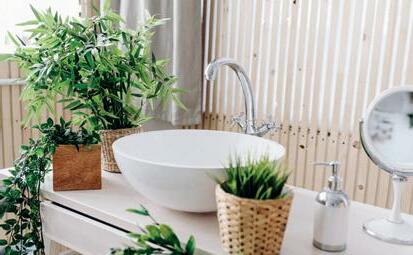






































































































































































































































































































Warm, dry and sunny? That’s right... It may not always feel like it, but here in Suffolk, we have one of the warmest, driest and sunniest climates in the UK.
It’s hardly surprising to learn that many of us are spending more time outside than ever before. So, how do you make the most of your outside space and what sort of garden do you need or want? Well here, we aim to give you a few ideas, look at current trends and hopefully inspire to you get outside in your garden.

Pretty flower beds, neatly trimmed hedges and a smart lawn, this is perhaps the view we have had of what a ‘nice’ garden should be. And make no mistake, this is still a very nice garden and would surely make a lovely place to relax and unwind. But there is so much more to gardens these days and it all depends on what you want or need.
Firstly, consider all the practical issues such as who will be using it? Do you have children and pets? Do you want a garden that will evolve, grow and mature, or are you looking for a low maintenance space? This is your space, so think about colours, themes, likes and dislikes. Please do also take in to account any impact you may have on local wildlife. Do some research and ask advice on what to plant and if you get it right you will end up with a wildlife haven. Our gardens are a space for us to relax and unwind but for our native wildlife, it is their home.
If you have young children, you will want a family-friendly and safe garden. You will need to look at obvious hazards such as ponds so if you would like a water feature you could opt for a small water garden in a container as opposed to a larger pond that is dug into the ground. Even a small water feature such as this will very quickly attract dragonflies, frogs, newts and all sorts of other creatures. With animals in mind, if you have a dog, you will need to make sure your garden is secure and well fenced so that four-legged members of the family stay on their ‘patch’ and don’t wander off next door! Having established who will be using your garden, you can make a start on the fun stuff.
With our relatively long, light and warm summers, and a seemingly endless number of celebrity chefs showing us hundreds of different BBQ recipes, we have become a nation of al-fresco diners. We all love a BBQ and it is even better when you can enjoy eating it outside where there is space for everyone and you can enjoy the beautiful surroundings. If you are a frequent and keen outdoor cook you might want to consider creating a dedicated outside kitchen area with built in BBQ and preparation area.






Having been established for nearly 30 years we understand the need to offer an efficient and cost effective service whilst maintaining a personal touch. Hamiltons tailor make each and every move down to the finest of details. We understand that, in order to give you the best service possible, we need to have completely discussed and understood your requirements from the very beginning to ensure that your move runs smoothly from beginning to end.

If you are struggling for inspiration, there are plenty of garden design and landscape companies out there who can offer advice on how to make the most of your garden. Whether it’s a large blank canvas or a small courtyard, there is always something that can be done.
If you don’t have a lot of room, then a neat trick is vertical planting. This adds colour and texture without taking too much space. On the flip side, if you have a large open plot then you can use plants and sculptures of varying heights and shapes to create an interesting landscape to draw the eye from one feature to the next. Or, you can divide the space into zones such as (playing, shade, dining, natural/wild). If you do have a larger garden, it is always a nice idea to allow some of it to be ‘wild’ and let nature take its course. Make sure you plan designated spaces accordingly by having patios, terraces and BBQ areas where you know the sun will be – or won’t be depending on your preference.
If you have the space you may like to consider a gazebo, summerhouse or even a shepherd’s hut. These make fabulous places to be outside and enjoying the garden in all seasons and all weather. Grab a book and a cuppa and you can enjoy your garden whilst keeping out of the baking sun or pouring rain. Of course, if we’re talking garden buildings then a shed is an essential for the greenfingered gardener. Somewhere to keep tools, mowers, pots and garden essentials.
Having looked at various garden uses, one of the most obvious and popular is to grow your own plants, fruit & veg. With our everincreasing awareness of keeping food miles to a minimum combined with the importance of knowing where our food comes from, it doesn’t get more local that your own garden. If you are looking to have a garden where you can grow your own, you will need a greenhouse. The windowsill in your kitchen or conservatory is ok for growing a few herbs or maybe a chilli but if you are looking to grow anything larger you will need a greenhouse. It is well worth it, there is nothing better than a home-grown tomato!
When it comes to planting in your garden there are a few things to consider. You can get



all manner of native and tropical plants and if you have an idea of what you would like to plant do some research in to things such as drainage, sunlight/shade and temperature. Get this right and you will have a garden that is bespoke to your tastes and quite possibly unique and that will give you year-round satisfaction. If you are unsure of what will work in your garden then head to you local garden centre, they are the experts!































There really is no limit to what you can do with your garden and outdoor space so whether you have a window box or a field, get outside, get creative and make the most of the fantastic climate we have here in sunny Suffolk!
There are plenty of landscapers, gardeners and tree surgeons that advertise in your local Community News papers. So pick up a copy or visit www.yourcommunitynews.co.uk to get in contact with someone that can help you in your garden.

















